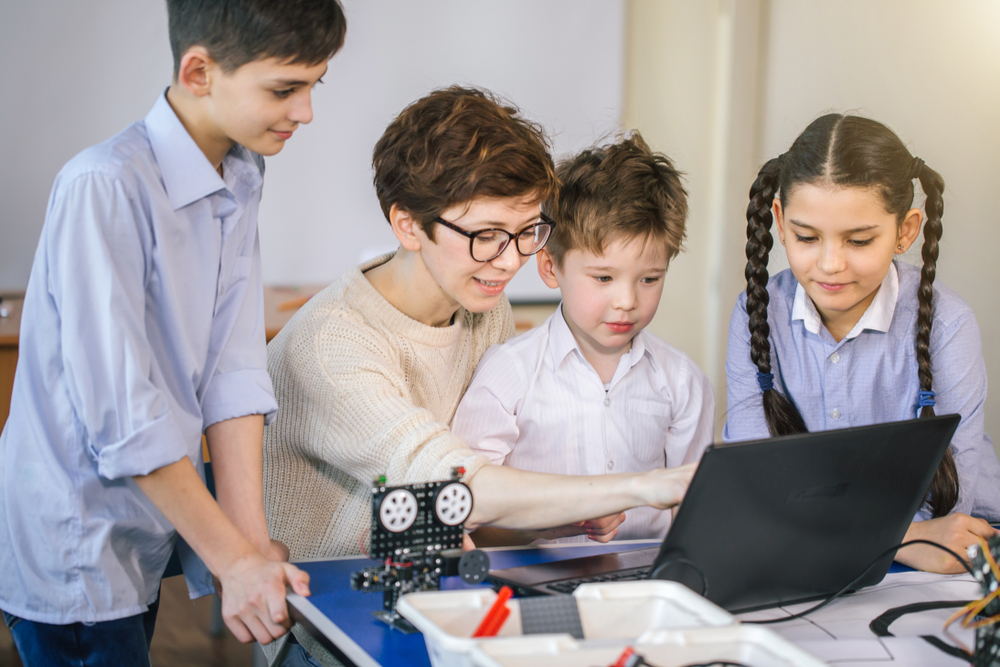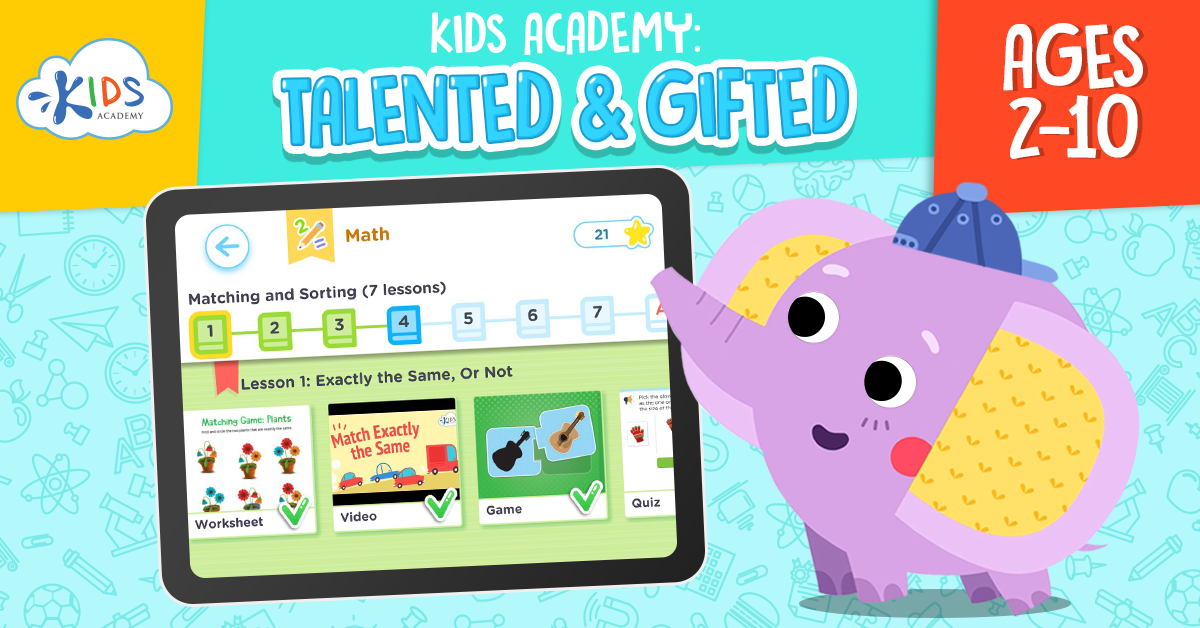Spatial awareness Science Worksheets for 4-Year-Olds
3 filtered results
-
From - To
Enhance your 4-year-old's spatial awareness with our engaging Science Worksheets! Designed to stimulate young minds, these activities help children understand their surroundings through fun, interactive exercises. Kids can explore concepts such as positions, directions, and shapes, fostering critical thinking and problem-solving skills. Our worksheets are simple to use and tailored for young learners, ensuring that they grasp fundamental science concepts while enjoying the process. Encourage creativity and cognitive development in your preschooler with our thoughtfully crafted resources, perfect for at-home learning or classroom activities. Dive into the world of spatial awareness and watch your child's confidence grow!
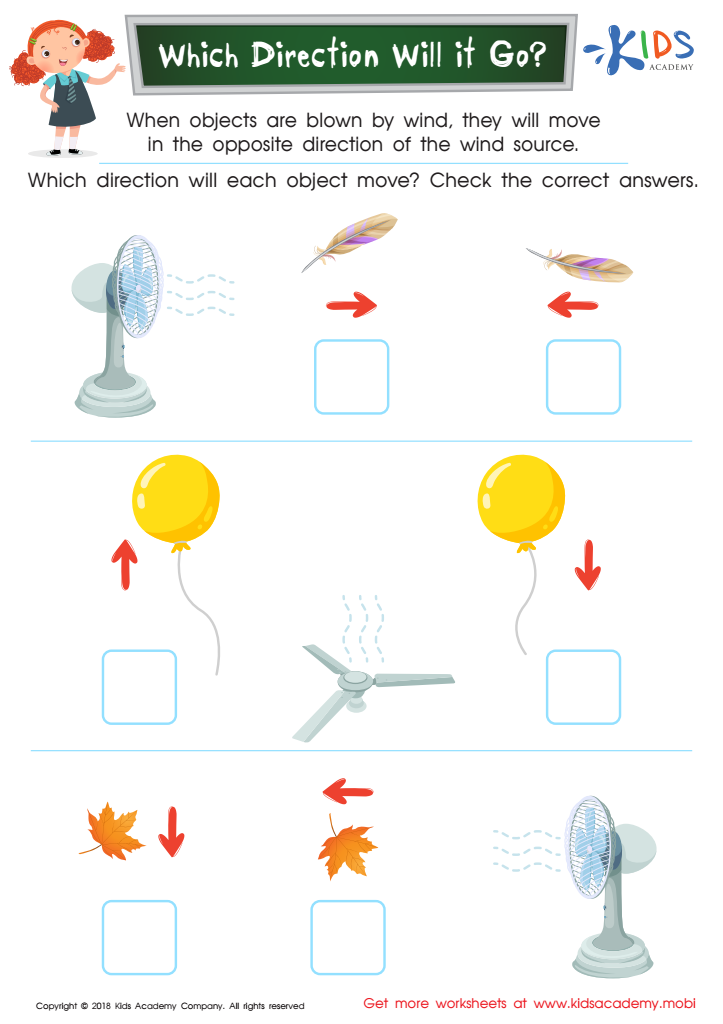

Which Direction Will it Go? Worksheet
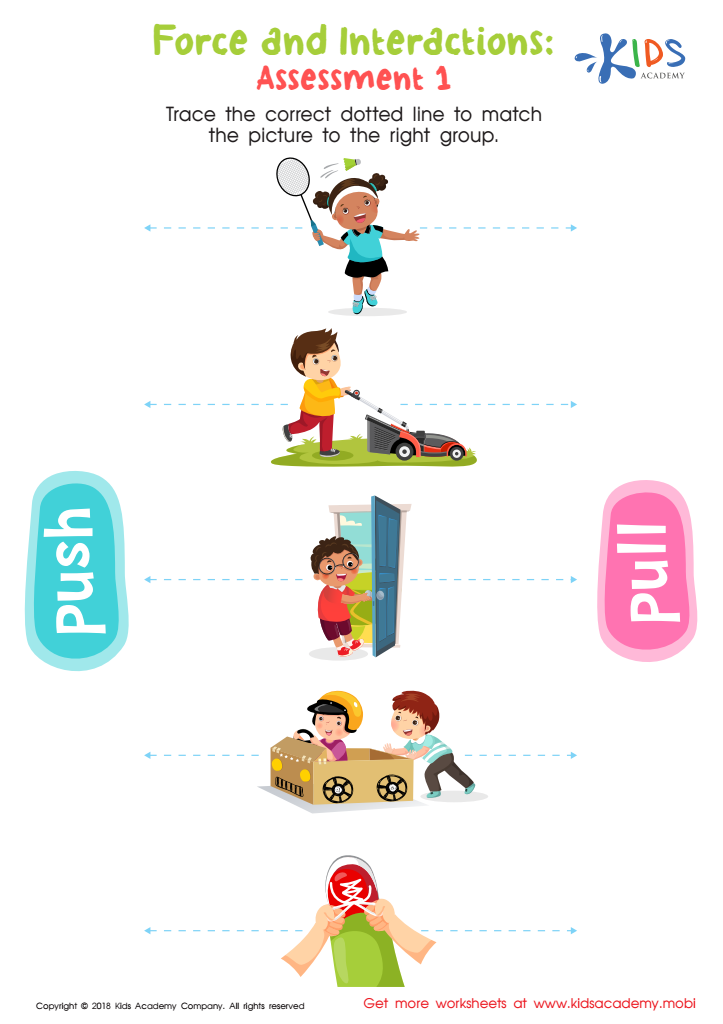

Force and Interactions: Assessment 2 Worksheet
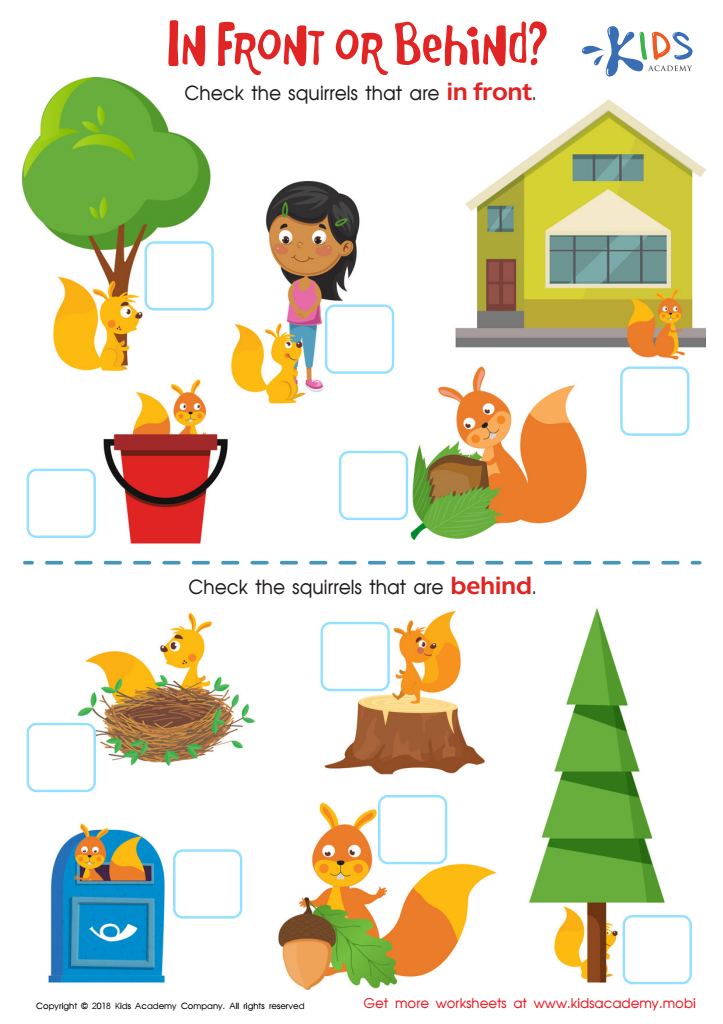

In Front or Behind: Part 2 Worksheet
Spatial awareness is a crucial cognitive skill that involves understanding how objects relate to one another in space. For four-year-olds, developing spatial awareness is fundamental for both everyday tasks and future academic success, particularly in subjects like mathematics and science. Parents and teachers should prioritize spatial awareness activities as children at this age learn best through play and exploration.
Encouraging spatial skills helps young learners navigate their environment, enhances problem-solving abilities, and fosters creativity. For example, activities like block building, puzzles, and arts and crafts stimulate children’s spatial reasoning, enabling them to visualize and manipulate objects within their mind. By boosting these skills early on, kids also develop a stronger foundation for understanding concepts such as geometry and measurement later in school.
Additionally, spatial awareness is linked to improved coordination and physical skills, which are essential for social interaction and confidence. Immersing children in spatial experiences not only keeps them engaged but also nourishes critical thinking. Ultimately, nurturing spatial skills aids in a child’s holistic development, fostering independence and encouraging the ability to navigate both their physical world and abstract concepts effectively. Thus, parents and teachers play a vital role in integrating these valuable experiences into learning environments.
 Assign to My Students
Assign to My Students





.jpg)
